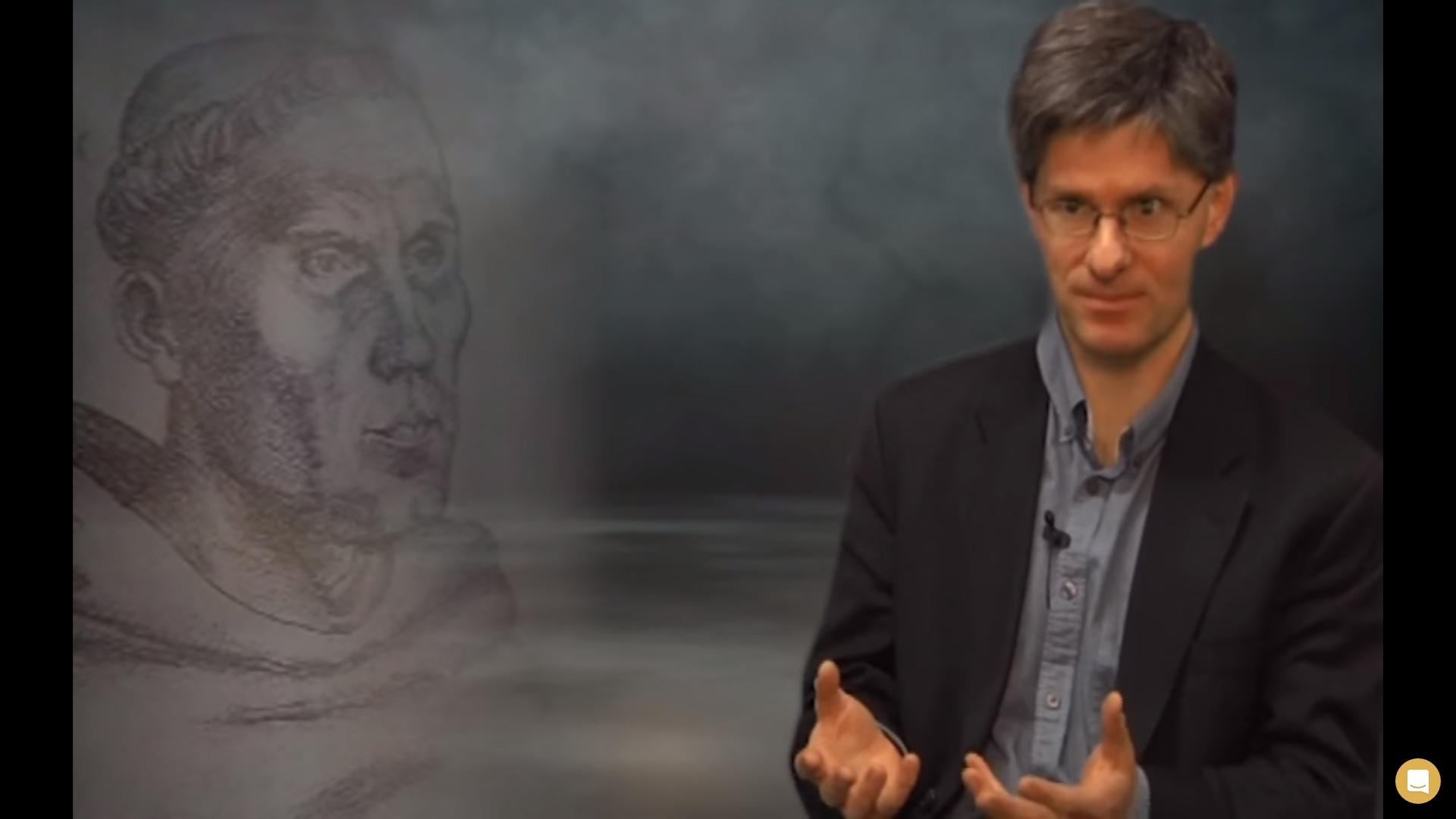 Know who this is? If not, and if you are interested in educating kids in the Christian faith, you might want to learn.
Know who this is? If not, and if you are interested in educating kids in the Christian faith, you might want to learn.
This is Steve, and he’s the main character in the incredibly popular pixelated video game Minecraft. Minecraft is an open-ended game in which players travel through an infinite world of various terrains, interacting with different natural objects, all composed of blocks — dirt, grass, metal ores, rock, sand, wood, etc. Players build the blocks into thousands of different objects — houses, beds, lamps, boats, even working trains. To get a stronger sense of how the game works, here’s the trailer.
Most people play Minecraft in one of two modes: survival mode, in which the player has to find and live off of the world’s resources while avoiding monsters, and creative mode, in which the player has infinite access to resources and needs not worry about survival. The latter mode sort of resembles a giant digital Lego table.
Minecraft is a uniquely far-reaching way to communicate with kids because it’s both versatile and popular. It’s the second best-selling video game of all time with over forty million players every month. A huge percentage of these players are children . Schools use it all the time, and the game provides excellent opportunities for Christian educators as well.
Here are five suggestions for ways to use Minecraft to educate kids about Christianity. You can try these at Sunday school or in VBS if you can get access to a few tablets or laptops for kids to share, or at home. (The kids’ skill levels will vary, but that offers a great opportunity for the more skilled kids to share their expertise with the less skilled ones.) Most of these work best in creative mode. Some would work best as ongoing projects, though others could be done in a single day or class period.
- Use Minecraft to teach kids what various Biblical structures look like. Show them images of Solomon’s temple or Noah’s ark and describe them as depicted in the Bible. Then have the kids work together to try to recreate these structures in a Minecraft world. (Bonus points if they round up two of the various animals available in Minecraft worlds and bring them aboard the ark.)
- Have kids design a Minecraft church. What substances do they want to use for various objects? Do they want stained glass windows or clear? They can create
 traditional altars, fonts, pews, etc., or they can work within the rules of the game to create churches that aren’t possible in the real world. A stream could run through the church, ending in a baptism pond that never overflows. Pews could be made of blocks of soft wool instead of hard wood.
traditional altars, fonts, pews, etc., or they can work within the rules of the game to create churches that aren’t possible in the real world. A stream could run through the church, ending in a baptism pond that never overflows. Pews could be made of blocks of soft wool instead of hard wood.
- Have kids build rooms or worlds in response to various passages from scripture. The players can work with the Minecraft terrains to create any number of Biblical settings, from the Garden of Eden to the Pyramids of Egypt, from Jesus’ tomb to Paul’s prison. Older students could do a variation on this idea and build a Stations of the Cross world. They could use historical information and Biblical accounts to create the Garden of Gethsemane, King Herod’s palace, the cross on the hill at Golgotha, and Jesus’ tomb. A class could build various parts of the world and then “walk” through it together while reading the Passion story.
- Have students explore statues and buildings across the world that people have used
 for worship by replicating them in a Minecraft world. Likewise, they can learn about different architectural styles that have been used for worship in different times and places.
for worship by replicating them in a Minecraft world. Likewise, they can learn about different architectural styles that have been used for worship in different times and places.
- There’s a Minecraft Bible out there, designed by teachers who have used Minecraft in their classrooms. Kids who like Minecraft can learn Bible stories using language and images that they enjoy and understand.
If you have used Minecraft to teach kids or have other ideas about using Minecraft to talk with kids about faith, please comment. We’d love to share your ideas.




 who reached millions of people with his words and ideas. He was driven profoundly by the sense that he could never do enough to rid himself of the enormity of his sins, though he tried every possible method of doing so — and a man who ate heartily, advocated drunkenness to combat despair, and disdained the celibate life.
who reached millions of people with his words and ideas. He was driven profoundly by the sense that he could never do enough to rid himself of the enormity of his sins, though he tried every possible method of doing so — and a man who ate heartily, advocated drunkenness to combat despair, and disdained the celibate life.
 Know who this is? If not, and if you are interested in educating kids in the Christian faith, you might want to learn.
Know who this is? If not, and if you are interested in educating kids in the Christian faith, you might want to learn. traditional altars, fonts, pews, etc., or they can work within the rules of the game to create churches that aren’t possible in the real world. A stream could run through the church, ending in a baptism pond that never overflows. Pews could be made of blocks of soft wool instead of hard wood.
traditional altars, fonts, pews, etc., or they can work within the rules of the game to create churches that aren’t possible in the real world. A stream could run through the church, ending in a baptism pond that never overflows. Pews could be made of blocks of soft wool instead of hard wood. for worship by replicating them in a Minecraft world. Likewise, they can learn about different architectural styles that have been used for worship in different times and places.
for worship by replicating them in a Minecraft world. Likewise, they can learn about different architectural styles that have been used for worship in different times and places.

